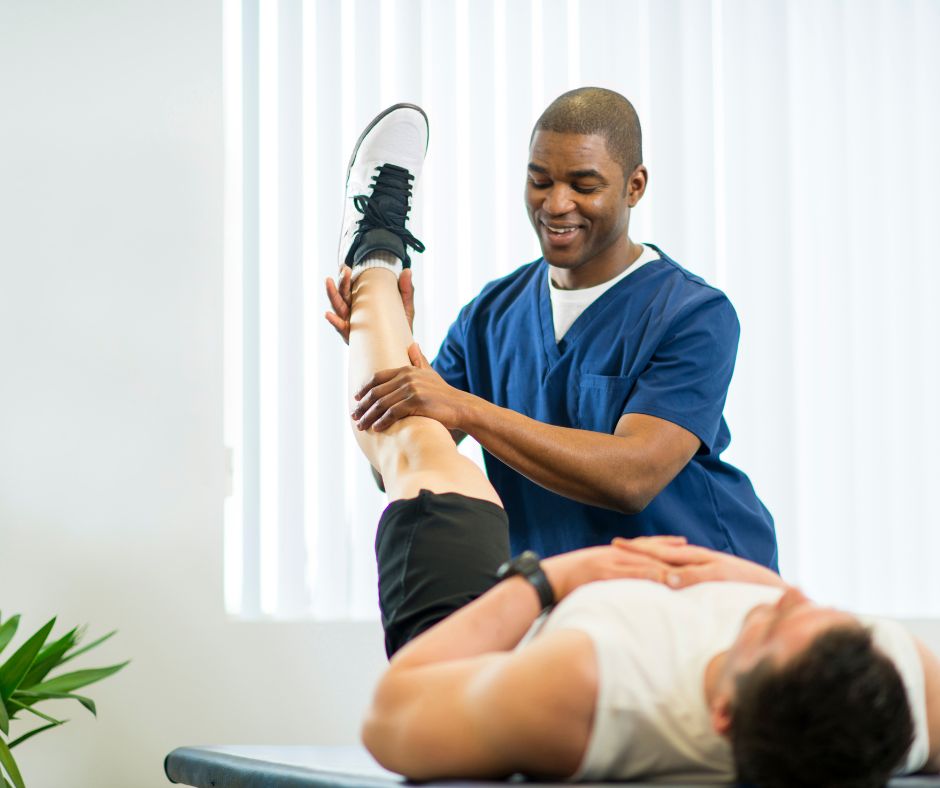Comprehending The Way Acute Traumas Transform Athletic Execution Dynamics
Wiki Article
Acute injuries are sudden harm that can occur during sports or physical activities. These traumas can significantly impact an athletic ability and overall wellbeing. Common instances of acute injuries include twists, breaks, and pulls. They occur rapidly and often arise from incidents, such as falls, crashes, or incorrect actions. Comprehending how these traumas affect sports capabilities dynamics is important for athletes, coaches, and healthcare providers who work with them.
When an sportsman experiences an acute injury, the immediate effects can be quite significant. Discomfort and swelling are frequent indicators that can restrict movement and function. For instance, a hoops player who injures an joint may find it difficult to walk or jog. This constraint can lead to a decrease in ability, as players may struggle to compete at their typical capability. Additionally, the psychological effects of an injury can also play a role. Players might feel anxious or fearful about returning to their activity, which can further influence their performance.
Rehabilitation from an sudden injury involves several stages, including rest, rehabilitation, and gradual return to performance. The first emphasis is usually on controlling discomfort and inflammation. Health professionals may recommend cold therapy, bandaging, and elevation to help with recovery. Once the acute phase has ended, therapeutic exercises become important. These exercises help restore strength, flexibility, and extent of movement. Athletes need to follow a systematic recovery plan to make certain they come back to their activity without risk and efficiently.
The lasting effects of sudden traumas can vary. Some athletes may recover fully and return to their previous ability levels, while some may encounter persistent difficulties. Ongoing discomfort or fragility can emerge if an trauma is not adequately managed. This circumstance can lead to a pattern of recurring injuries or compensatory injuries in other parts of the body. It is crucial for athletes to be calm during the healing process and to work closely with medical professionals to tackle any remaining concerns.
In summary, sudden injuries can dramatically change how athletes compete in their activities. The prompt physical and psychological effects can hinder performance and confidence. Recovery involves careful management and rehabilitation to ensure that athletes can safely return to their activities. Understanding the dynamics of sudden traumas can help all involved participating in sports—from players find more to trainers to healthcare professionals—assist those affected and promote a safe return to athletic performance.
